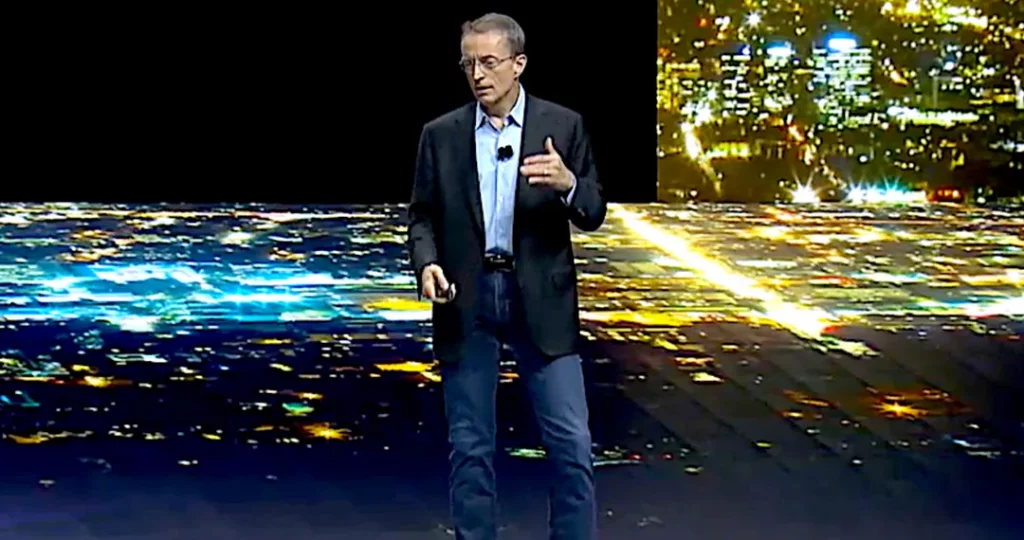Pat Gelsinger, Intel’s CEO for less than a year, has established the company’s process technology roadmap through 2025 and introduced the company’s IDM 2.0 foundry strategy. However, according to Morris Chang, the founder and former CEO of TSMC, the ambitious CEO may not have enough time to restore Intel’s glory days.
Pat Gelsinger is 60 years old, and Intel executives are required to retire at the age of 65. As a result, Gelsinger may not have enough time to reestablish Intel’s position as a manufacturing technology leader, Chang noted during his lecture, ‘Cherish Taiwan’s Advantages in Semiconductor Wafer Manufacturing.’
Chang served as CEO of the world’s largest chipmaker, TSMC, after founding it in 1987. However, he returned to the position amid the global economic crisis in mid-2009. In 2018, he announced his retirement from the company.
While many companies in the United States have mandatory retirement rules for executives, they frequently change them as the need arises. To that end, Gelsinger may have five years to get Intel back on track and find suitable successors, or he may have more time if Intel’s board decides that his experience and agility outweigh his age.
Gelsinger does not sit well with TSMC. He said last week that relying on Taiwan as a global hub for semiconductor manufacturing posed a significant risk because China had never abandoned plans to take over the country.
“Taiwan is not a stable place,” said Gelsinger at Fortune Brainstorm Tech, reports Nikkei. “Beijing sent 27 warplanes to Taiwan’s air defence identification zone this week. Does that make you feel more comfortable or less?”
He also reiterated his belief that foreign semiconductor companies should not be eligible for government subsidies to build new fabs under the $52-billion CHIPS act. Gelsinger urged the United States government to provide incentives only to American chipmakers. He claimed that semiconductor companies in China, Taiwan, and South Korea received significant government assistance, making it difficult for American companies like Intel to compete.
“How do you compete with a 30 to 40% subsidy,” Gelsinger asked. “Because that means we are not competing with TSMC or Samsung, we are competing with Taiwan and Korea. The subsidies in China are even more significant.”
Also Read:






